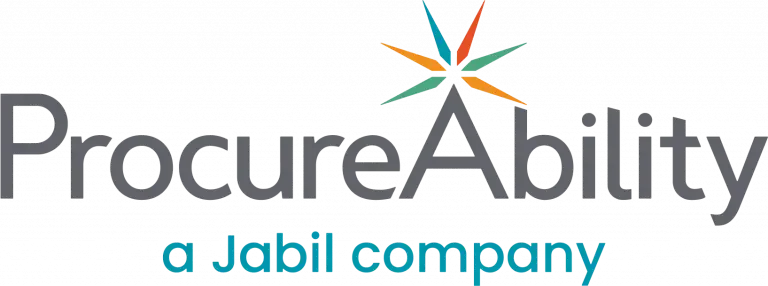
Stakeholder engagement is a common challenge for Procurement and is one of the most important pieces contributing to organizational success. For those unfamiliar with this process, stakeholder engagement is the process of interacting and communicating with decision-making parties within a company to strategize the outcome of an organizational goal. When executed effectively, stakeholder engagement and management can lead to synergistic strategic alignment between a procurement function and the internal stakeholders they support. Poor stakeholder engagement can contribute to an organization’s “dark” purchasing, purchasing that does not go through the proper procurement channels, which can result in greater exposure to risks and imprudent spending.
Strategy Development
Stakeholder engagement techniques are vital skills to learn as a procurement professional, but like many best practices, are most effective when approached strategically. On a team-level, develop strategies for your different stakeholders based on their observed habits, the type of work they process, and the complexity of their sourcing categories. Understanding how to prioritize the projects with your various stakeholders can allow you to focus your time where it matters the most.
Communication
Alongside procurement strategy development, communication is an important pillar supporting stakeholder engagement and management. Effective communication will allow for Procurement to align with stakeholder’s needs. The time and path taken to effectively communicate a message in a one-one-one meeting or group setting will vary, but the constant is ensuring stakeholders are prepared to engage in the procurement process. What do they need to get started?
Keys to Improve Stakeholder Communication:
- Understand the audience – Communicate with stakeholders in terms they can understand. Overcomplicating the message with procurement-specific terminology can dilute the point of the message.
- Maintain communication – Frequent communication is vital to understanding workstreams in a stakeholder’s pipeline. Consider establishing a newsletter or a monthly check-in. During ongoing projects, maintaining consistent communication with stakeholders provides transparency to the procurement process and can be rewarded with increased confidence in the process.
- Proactivity – Engage stakeholders as early as possible to minimize the chances of delays or other unforeseen setbacks in the procurement process. This is especially the case for newer relationships, where those expectations have not yet been established.
Stakeholder engagement is key to stakeholder management as well as the overall procurement process. Contacting stakeholders to develop relationships, to understand the details of their procurement project pipeline, and to maintain consistency in communication will allow for an organization to achieve its goals as effectively as possible.
Subscribe to ProcureAbility Insights to access whitepapers, presentations, plus our latest thought leadership.



